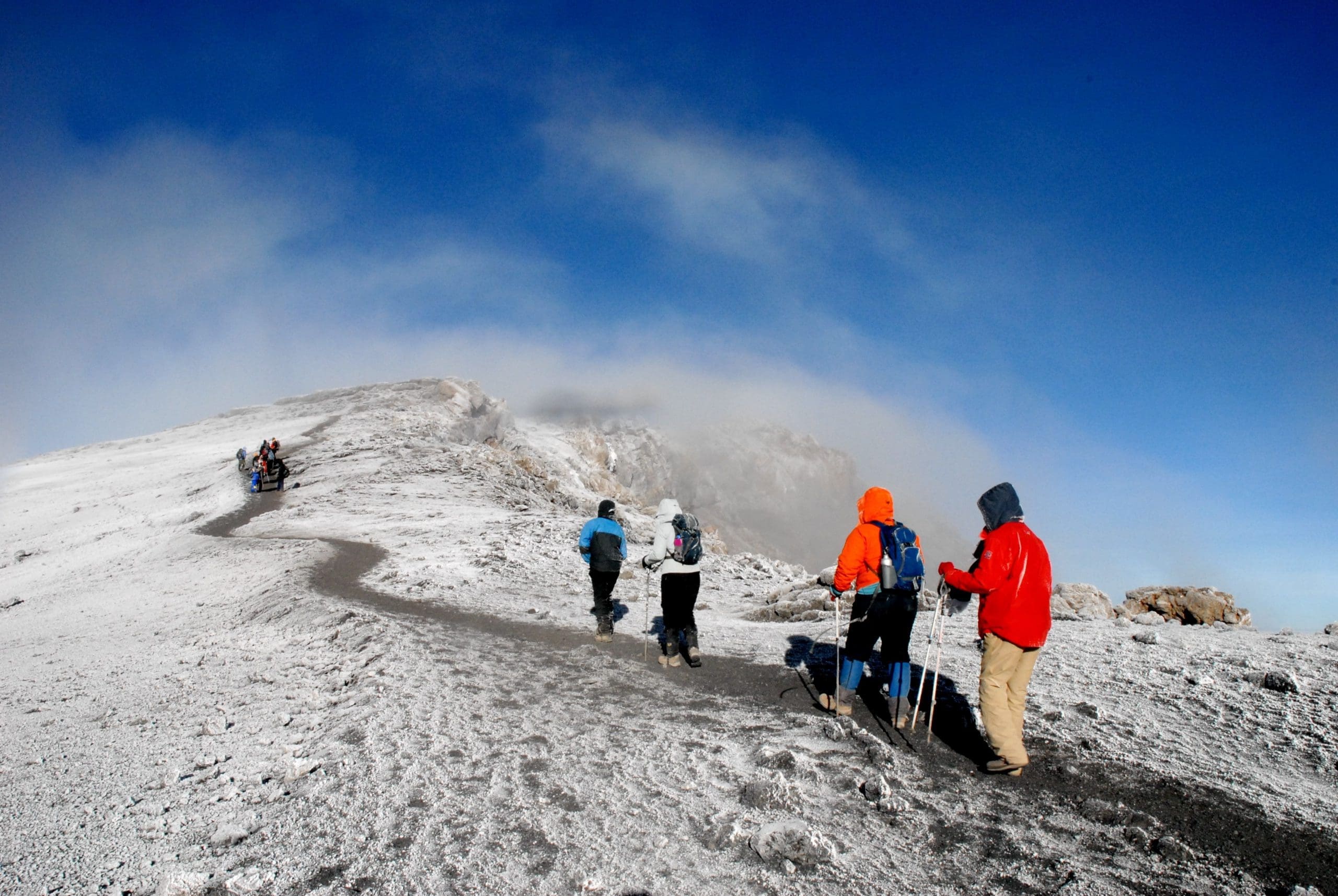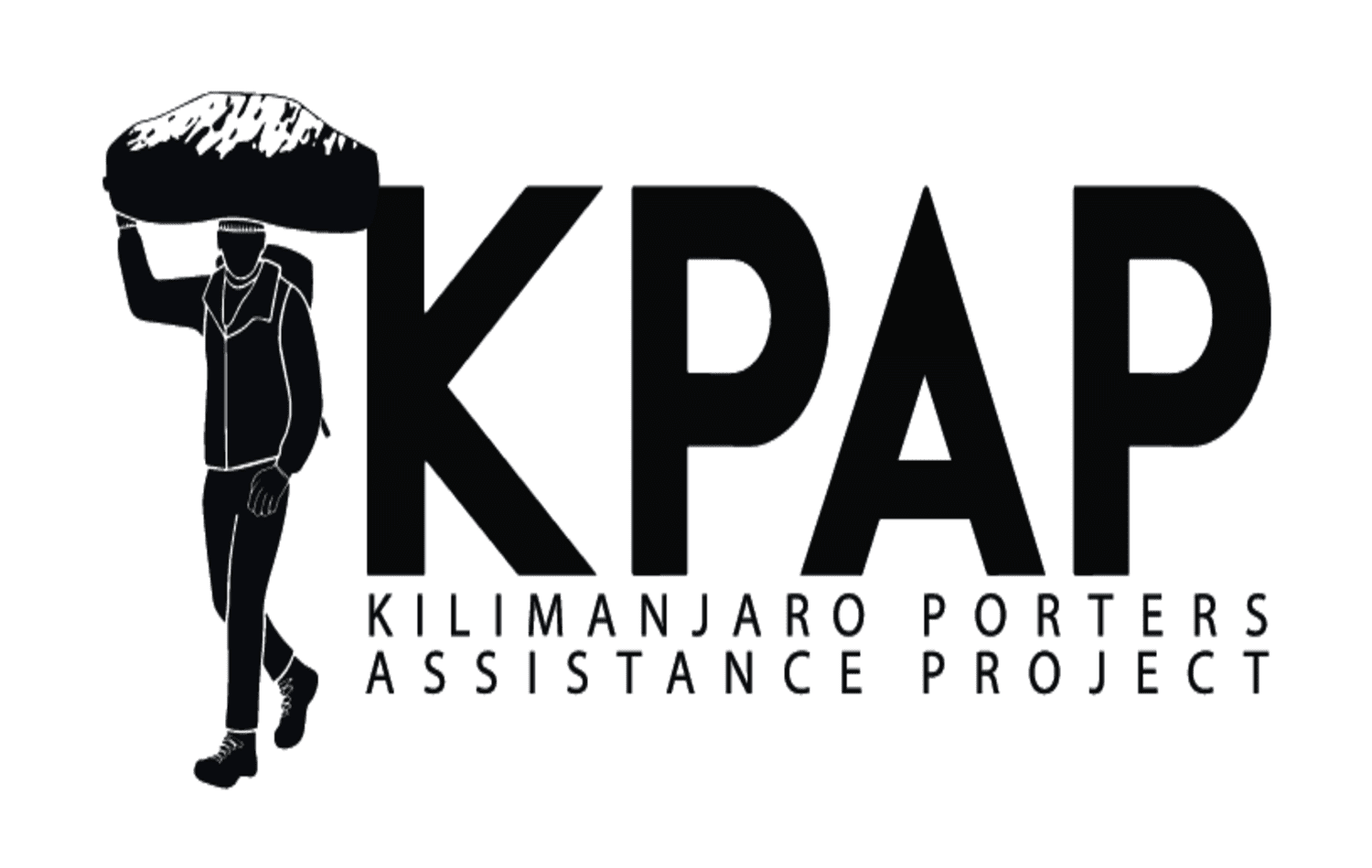Mount Kilimanjaro stands as a dream adventure for many, drawing trekkers from around the world. Its accessibility makes it possible for climbers of different skill levels to take on the challenge. Although it requires effort, summiting the mountain is attainable with adequate preparation.
This article presents a detailed training plan, emphasizing key exercises, nutritional advice, and common pitfalls to steer clear of, helping climbers reach the top and enjoy the stunning panoramic views
To successfully summit Mount Kilimanjaro, you need a well-rounded training regimen focusing on cardio, strength, endurance, flexibility, and altitude adaptation. Ideally, train 3-5 times per week for at least 8-12 weeks before your climb
Cardio Training (4-5 Times Per Week)
Cardiovascular endurance is critical as it helps your body efficiently use oxygen at high altitudes. Your cardio routine should include activities that simulate long trekking hours. Hiking with a weighted backpack is one of the best ways to prepare. Start with a light weight of around 5 to 10kg and gradually increase it as you build endurance. Training on hilly terrain or stairs will help replicate the conditions on Kilimanjaro. Stair climbing or incline treadmill walking is another effective method, allowing you to work on both endurance and strength. Running, cycling, or swimming also play an essential role in boosting stamina, with long-distance runs or cycling on hilly routes being particularly beneficial. Swimming is another excellent option as it enhances lung capacity and overall endurance.
Strength Training (2-3 Times Per Week)
Strength training is equally important, particularly for the legs, core, and upper body. Strong leg muscles will help you navigate steep inclines and long trekking days. Squats, lunges, and step-ups are ideal exercises to build lower body strength. A strong core improves balance and stability, which is crucial when walking on uneven terrain. Planks, crunches, and leg raises should be incorporated into your routine. Upper body strength is necessary for carrying a backpack, and exercises like push-ups and pull-ups help develop endurance in the shoulders and arms.
Flexibility & Mobility Training
Flexibility and mobility training are key components for preventing injuries and ensuring a smooth trek. Stretching should be part of your daily routine, with yoga being a great way to improve flexibility, balance, and breathing control. Dynamic stretching before workouts prepares the muscles for activity, while static stretching afterward aids in muscle recovery.
Altitude Training (If Possible)
Altitude training, if possible, can significantly improve performance and reduce the risk of altitude sickness. Training at high elevation by hiking in mountainous regions allows your body to gradually adjust to lower oxygen levels. If high-altitude training is not an option, using an altitude mask during workouts can simulate reduced oxygen conditions and help your lungs adapt. Additionally, practicing controlled breathing techniques will enhance oxygen flow and help you manage the challenges of trekking at high elevations.
By combining cardio, strength, flexibility, and altitude training, you will be well-prepared to conquer Mount Kilimanjaro with confidence and endurance. Consistent training and proper preparation will ensure you have the stamina and resilience needed for this once-in-a-lifetime adventure

Your Kilimanjaro training cycle should consist of three weeks of intense workouts, followed by one week of lighter sessions. During the recovery week, aim to reduce the duration of your workouts by approximately 10 minutes, decrease the intensity of strength exercises, and include an additional rest day. This strategy will allow your body to recover properly and reduce the risk of injury
| Day | Exercises |
|---|---|
| Day One | Aerobic Training: Brisk walking (warm-up) — 5 minutes Light jogging — 25 minutes Walking (cool-down) — 5 minutes Elbow plank — 30 seconds |
| Day Two | Warm-up: Brisk walking — 10 minutes Strength Training: (3 sets of 30 seconds each) Squats Forward lunges Calf raises Side lunges Hang from a pull-up bar Push-ups Cool-down: Light stretching |
| Day Three | Rest or 60 minutes of yoga, focusing on stretching the back and leg muscles |
| Day Four | Interval Training: Brisk walking — 5 minutes Light jogging — 20 minutes Sprints — 5 intervals of 30 seconds, with 1 minute of light jogging or walking after each sprint Walking (cool-down) — 5 minutes |
| Day Five | Aerobic Training: 30 minutes on a Stepper or stair walking Strength Training: (3 sets of 30 seconds each) Push-ups Pull-ups/inverted rows Plank Superman |
| Day Six | Rest |
| Day Seven | Aerobic Training: Light jogging — 40 minutes (switch to walking if necessary) Elbow plank — 30 seconds |
| Day | Route Section | Distance | Starting Elevation | Ending Elevation | Terrain & Highlights |
|---|---|---|---|---|---|
| Day 1 | Londorosi Gate to Mti Mkubwa Camp | 6 km | 2,250m | 2,820m | Rainforest, gentle ascent, wildlife spotting |
| Day 2 | Mti Mkubwa Camp to Shira 1 Camp | 8 km | 2,820m | 3,500m | Steeper climb, transition to moorland, Shira Plateau views |
| Day 3 | Shira 1 Camp to Shira 2 Camp | 7 km | 3,500m | 3,900m | Gradual ascent, open landscapes, acclimatization day |
| Day 4 | Shira 2 Camp to Lava Tower (4,630m) – Descend to Barranco Camp | 10 km | 3,900m | 3,960m | Acclimatization trek, rocky terrain, climb high/sleep low strategy |
| Day 5 | Barranco Camp to Karanga Camp | 5 km | 3,960m | 4,035m | Climb Barranco Wall, short but demanding ascent |
| Day 6 | Karanga Camp to Barafu Camp | 4 km | 4,035m | 4,673m | Steady uphill trek, barren landscape, final summit prep |
| Day 7 | Barafu Camp to Uhuru Peak (5,895m) – Descend to Mweka Camp | 17 km (5 km ascent + 12 km descent) | 4,673m | 5,895m (Uhuru Peak) → 3,100m (Mweka Camp) | Midnight summit push, extreme altitude, breathtaking sunrise views, long descent |
| Day 8 | Mweka Camp to Mweka Gate | 10 km | 3,100m | 1,640m | Steep descent through lush rainforest, exit gate celebrations |
Packing the right gear is crucial for a successful Kilimanjaro climb. You’ll need layered clothing to handle varying temperatures, sturdy hiking boots for rough terrain, and essential gear like a sleeping bag, trekking poles, and a hydration system. Proper packing ensures comfort, safety, and a better chance of reaching the summit. Click here for the complete Kilimanjaro Packing List
1. Overtraining Right Before the Trek One common mistake is pushing your body too hard in the final weeks before the climb. Overtraining increases the risk of injury and can leave you exhausted, affecting your performance on the mountain. It’s crucial to give your body time to rest and recover to ensure you have the energy needed for the summit.
2. Neglecting to Train Before the Ascent Not training at all before your trek can make the climb significantly harder. The long days of hiking can lead to intense muscle soreness, shortness of breath, and fatigue. Proper physical preparation is key to ensuring you’re ready for the challenges Kilimanjaro presents. Focus on endurance, strength, and cardio to get your body in shape.
3. Failing to Test Your Sports Nutrition It’s important to ensure that your nutrition, such as protein bars and electrolytes, works well for you before hitting the mountain. Testing your sports nutrition during training helps ensure that these products are easy to digest, taste good, and don’t cause stomach discomfort on the trail. This way, you can avoid any unpleasant surprises during the climb.
4. Not Breaking In Your Shoes and Gear Tight shoes, painful blisters, and uncomfortable gear can cut your adventure short. Many climbers make the mistake of not breaking in their shoes and gear before the trek, which can lead to unnecessary discomfort. Be sure to wear your gear during training or rent equipment that you can get accustomed to before the climb.
5. Skipping a Doctor’s Check-Up A common oversight is not consulting a doctor before the climb. A health check-up from your general practitioner will give you and your guides a better understanding of your physical condition and help you address any potential health concerns. This can give you the confidence to tackle the climb safely.
6. Trying to Climb Too Quickly With higher elevations, the air becomes thinner, which means your body gets less oxygen. Trying to push yourself too quickly increases the risk of altitude sickness, with symptoms like headaches, dizziness, and nausea. It’s crucial to pace yourself and follow proper acclimatization practices to reduce the chances of hypoxia and other altitude-related issues.
7. Skipping Rest Before the Tour Many climbers make the mistake of starting the trek immediately after a long flight. Your body needs time to adjust to the time zone and recover from the journey. Arrive a day or two before your climb, rest, and hydrate to ensure your body is prepared for the trek. Avoid booking a return flight the same day the trek ends, as you’ll need time to recover after reaching the summit.
8. Overstressing About the Preparation It’s natural to want to be fully prepared for your Kilimanjaro adventure, but stressing too much about the details can create unnecessary anxiety. Remember that climbing Mount Kilimanjaro is about the experience and the adventure. Focus on enjoying the journey, maintaining a positive mindset, and trusting the guides and support team to keep you safe and comfortable
Preparing for Kilimanjaro requires dedication, consistency, and a well-structured training plan. By focusing on cardio endurance, strength building, and altitude adaptation, you’ll increase your chances of a successful summit. Simulating real trekking conditions through weighted hikes and incline training will boost your stamina, while proper flexibility and recovery routines will help prevent injuries. Most importantly, listen to your body, start training early, and stay committed to your goal. With the right preparation, you’ll be physically and mentally ready to conquer Africa’s highest peak



TERMS AND CONDITIONS | AFRICAN SAFARI | PRIVACY POLICY | REFUND POLICY | FOR TRAVEL AGENCIES | HOTELS IN TANZANIA | OUR BLOG
© 2025 Shiri Adventures